Costa Rican Coffee Costa Rica Rose Summer Coffee sharing of hand-brewing methods and skills
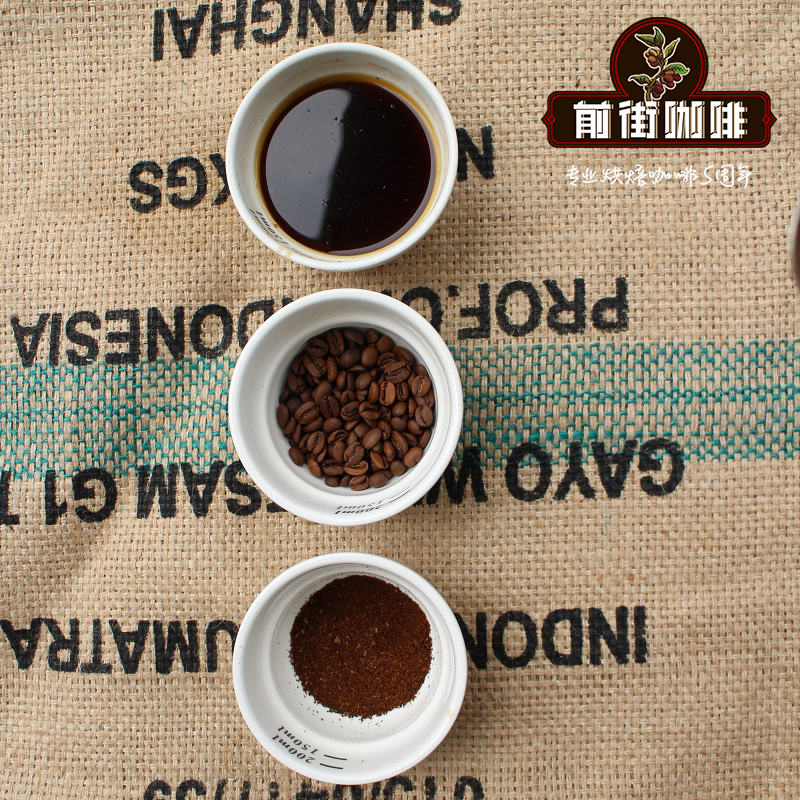
Professional coffee knowledge exchange more coffee bean information please follow the coffee workshop (Wechat official account cafe_style)
The queen of coffee, most people think of the probability is rosy summer, Qianjie is also! Indeed, it is no exaggeration that Rose Xia has been a chase in the coffee industry since winning the championship in 2004, and it is no exaggeration to be able to line up in Panama. Even if other countries have been growing rose summer varieties, but it is still worse than Panama's rose summer, but it is not without characteristics, such as Costa Rica's rose summer!
Costa Rica was the first country in Central America to grow coffee. It was first shipped to Colombia in 1820 and was praised as "golden bean" by British aristocrats in 1854. Since then, coffee has become a major cash crop in Costa Rica. Arabica coffee trees are grown in Costa Rica. As early as the beginning of the 20th century, the government stipulated that Arabica coffee beans could only be grown in the country, and Robusta coffee beans became a "contraband" in the country.
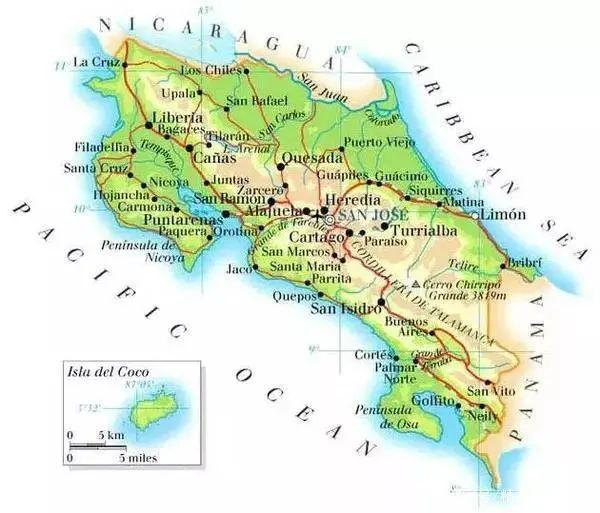
Rosa was discovered in the rose forests of Ethiopia in 1931 and later sent to the Coffee Institute in Kenya, introduced to Uganda and Tanzania in 1936 and Costa Rica in 1953.
The famous Panamanian summer actually comes from Costa Rica. In the 1930s, rose summer seeds spread from Ethiopia and finally to Tanzania. In 1953, the Costa Rican research institute CATIE obtained some rose summer seeds from Tanzania for research. In 1963, Pachi Serracin, the old owner of Don Patch Manor in Panama, brought Rose Summer to Panama from CATIE and distributed it to his neighbors. It took another 40 years before Rose Summer finally made a splash in the "Best Panama" competition.
Coffee has been rooted in Costa Rica for more than 200 years. Although its land area is only the third from the bottom of Central American countries, it is an indispensable role. At present, Colombia has a total population of about 4.5 million, but there are as many as 400 million coffee trees, and coffee exports account for 25% of the country's total exports. according to local statistics, about 1% of the population is involved in the coffee-related industry chain. it is not too much to say that coffee has changed the country's living standards.
Costa Rica has a unique natural environment, fertile volcanic ash, mild and suitable temperature, stable and abundant rainfall, sufficient sunshine during the day, and a significant temperature difference between day and night. Coffee is one of the factors that make coffee one of the main agricultural products in Costa Rica. They also produce different grades of raw coffee beans, from commercially affordable Arabica beans to coffee beans from the Outstanding Cup Coffee Competition (COE) and the Royal Rose Summer Coffee Variety (Geisha).
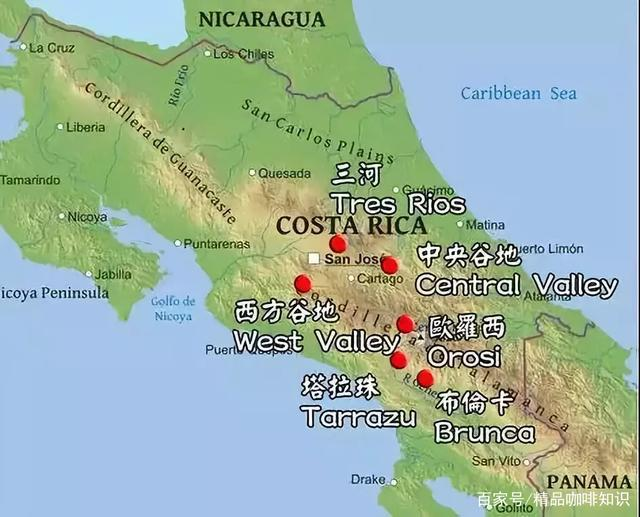
Costa Rican coffee bean producing area
Costa Rican coffee has eight major coffee producing areas as follows: central Valley, Western Valley, three Rivers region, Brenka, Eurosi, Tarazu, Dulialba, Guanacaster. Among them, the Central Valley, Tarasu and Sanhe producing areas are the most famous.
Tara Zhu is the largest coffee producing area in Costa Rica, with an average elevation of 1200-1700 meters. The vast majority of varieties planted are Kaddura and Kaduai, while other beans include Rosa, SL-28 and Tibica. Tara Pearl production season is from December to March of the following year, the main feature is that the high-altitude producing areas create an unparalleled perfect taste.
The central valley is 1200-1600 meters above sea level and the production season is from November to March of the following year. There are three high-altitude volcanoes in the producing area: Irazu, Barva and Poas, which provide rich nutrients for the surrounding coffee producing areas. The superior microclimate and volcanic fertile soil make the beans in the central valley have chocolate cocoa flavor and elegant aroma. The production area has three sub-production areas, namely, San Jose, Eredia and Alajuela.
Sanhe producing area, located not far east of the capital Yilazhu volcano, at 1200-1650 meters above sea level, the production season is from December to March of the following year. In recent years, the urban area has gradually extended to the suburbs, and agricultural land has been sold to developers one after another, resulting in a sharp decline in coffee production in Sanhe District, almost half of which is contracted by Starbucks, and it is not easy for the industry to buy. Aquez Grass, a well-known farm in Sanhe producing area, has a long history since it was opened in 1857. The climatic conditions in Sanhe producing area are good, and the taste balance of coffee beans produced is very good.
Costa Rican coffee bean grade
Special hard bean SHB (Strictly Hard Beans) is 1500-1650 meters above sea level
Youkudou GHB (Good hard Beans) is 1200-1000 meters above sea level
Durdou HB (Hard bean) is 1000-800m above sea level
Medium hard bean MHB (Medium Hard Beans) is 1000-500m above sea level
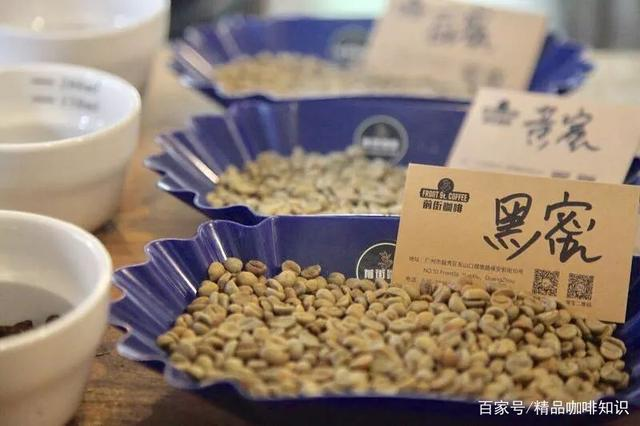
Costa Rican coffee bean treatment
Costa Rican coffee is mostly treated with water, but the most representative treatment is honey treatment, which is sweeter than water washing. Honey treatment is to retain the pectin and then dry, after the treatment of coffee beans will be as sweet as honey flavor. According to the degree of retention of pectin, it is also subdivided into white honey, yellow honey, red honey and black honey.
On the basis of honey treatment, raisin honey treatment has also been developed, that is, without peeling, coffee beans are directly placed on the sun bed overnight to make their skin shrink and look like raisins, and then the steps are the same as those of conventional honey treatment.
The washing method is to put the selected coffee cherries into the peeling machine to initially remove their skin and pulp; put the raw coffee beans with residual pectin in the water and let them ferment for about 24 hours; after fermentation, put the raw coffee beans with parchment into a flow tank to remove their pulp and pectin; dry the coffee beans after cleaning or dry them with the help of a dryer to reduce the moisture content to about 12%. Finally, remove the parchment of raw coffee beans.
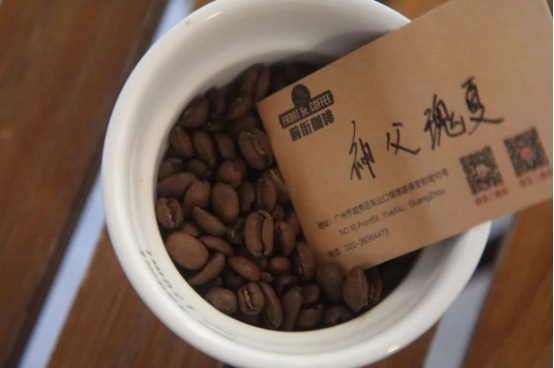
Costa Rican priest rose summer
Producing area: Tarazhu
Manor: priest's Manor
Altitude: 1600-1650m
Grade: SHB
Treatment: washing
40 kilometers south of San Jose é in San Jose, Costa Rica, there is a place known as the saints' region Tarraz-Frailes, which belongs to the Tarazu producing area at an altitude of 1600-1650 meters. It has 63 coffee farmers, each with a coffee plantation of about 1-2 hectares, and sells the coffee beans harvested to large companies every year, making a meagre profit.
The local priest is a more knowledgeable and well-connected role in the whole village. in addition to preaching, the priest also helps local small farmers to strive for better conditions. Renting space with neighboring processing plants, handling coffee beans, finding better buyers, and so on, are all with the help of priests, which is also the source of the name of the priest's estate. OKLAO, a Taiwanese coffee chain with integrated production and marketing, was their first buyer. Europeans also put forward a lot of improvements during the cooperation, resulting in a significant increase in production, and successfully established the local coffee brand Cafe del Padre.
Later, the Father's Manor received a grant to build a local treatment plant, the Verola treatment Plant, which was officially opened on January 28, 2016. Now they have their own treatment plant, the quality has been guaranteed, but also led to the local economic benefits.
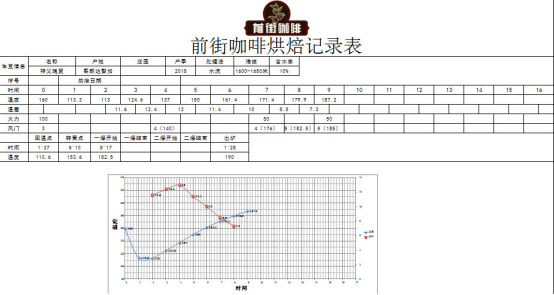
[Qianjie Coffee Baking suggestion]
This bean belongs to SHB extremely hard bean, the bean quality is hard, the moisture content is medium, turn yellow point in 5 minutes 10 seconds, 8 minutes 17 seconds into an explosion, after an explosion development 1mm 39; 28 after baking.

Costa Rican Candle Rose Summer
Producing area: Tarazhu
Manor: small Candle Manor
Altitude: 1750m
Grade: SHB
Treatment: washing
The name of the small candle farm comes from the fact that there are many small fireflies on the coffee farm, which can be easily seen in the evening, so the name is taken. The local people use the word "candelilla" to refer to the fireflies in the area.
Small Candle Manor is a partnership between seven partners, all of whom come from a family with a long tradition of growing coffee. They are the third generation to continue the tradition of growing coffee. They inherited agricultural knowledge from their ancestors, and now most of the land in the small Candle Farm is devoted to growing coffee.
At first, Xiao Candle Farm was just an ordinary coffee farm run by several partners, who would send the coffee fruit to the local cooperative for processing. In the context of the coffee crisis that affected the coffee industry in Costa Rica during 1997, several partners integrated resources and established a small Candle Manor in 2000 and owned their own small coffee processing plant.
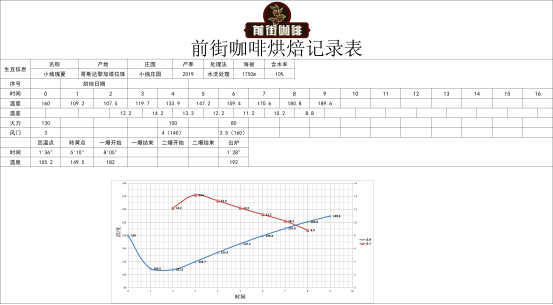
[Qianjie Coffee Baking suggestion]
160℃ into the beans, 105.2 ℃ reheating, 5 minutes 10 seconds to 149.5 ℃ dehydration completed, 182 ℃ reached an explosion, after one explosion developed to 192 ℃ out of the oven.
Qianjie coffee hand punching parameters
Filter cup: Hario V60
Water temperature: 90 ℃
Amount of powder: 15g
Powder / water ratio: 1:15
Degree of grinding: medium and fine grinding, Chinese standard No. 20 screen pass rate of 80%
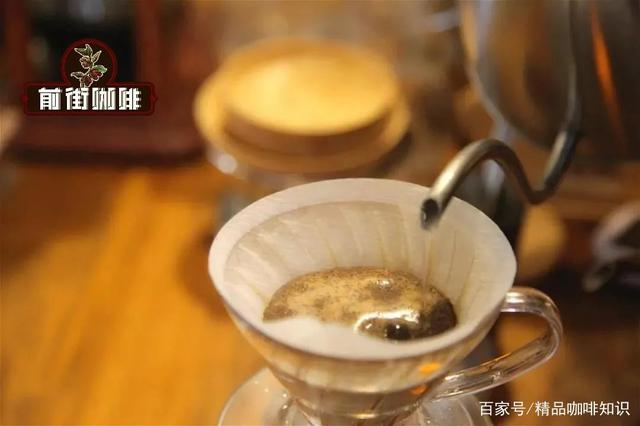
The method of brewing coffee in the front street
Segmented extraction
Steam with 30 grams of water for 30 seconds, small flow circle injection to 125 grams, continue to inject water to 225 grams when the water level is about to be exposed to the powder bed, remove the filter cup when the water level is about to expose the powder bed, and the extraction time is two minutes.
Flavor description
[priest Rose Summer] Ginger, lime and citrus acid notes, creamy aroma in the middle, brown sugar back sweet, cocoa aftertaste, tea feeling.
[small candle rose summer] Jasmine fragrance, citric acid conditioning, fruit juice taste, middle honey sweetness, Yuyun green tea.
Important Notice :
前街咖啡 FrontStreet Coffee has moved to new addredd:
FrontStreet Coffee Address: 315,Donghua East Road,GuangZhou
Tel:020 38364473
- Prev
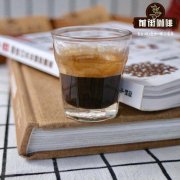
How to make Blue Mountain Coffee? Description of the variety of Blue Mountain Coffee, Tieka.
Professional coffee knowledge exchange more coffee bean information please pay attention to the coffee workshop (Wechat official account cafe_style) Jamaica Blue Mountain Coffee is a small quantity and good quality Typica, belongs to the best variety in Arabica, the annual harvest time is from June to November, usually by hand picking, after picking, it goes through the process of washing, peeling, fermentation, dehydration, drying, shelling, baking and so on.
- Next
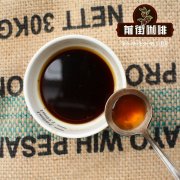
Brazilian coffee bean grade characteristics and story Brazilian coffee bean import and export data
Professional coffee knowledge exchange more coffee bean information Please follow the coffee workshop (Wechat official account cafe_style) those who are familiar with Brazilian coffee must know that Brazil not only has high-quality fine coffee, but also is an indispensable basic bean in many blended coffees. The most important feature of Brazilian coffee is calm, so that people do not have to have too much burden on bitterness and sour taste, and the entrance is smooth.
Related
- Detailed explanation of Jadeite planting Land in Panamanian Jadeite Manor introduction to the grading system of Jadeite competitive bidding, Red bid, Green bid and Rose Summer
- Story of Coffee planting in Brenka region of Costa Rica Stonehenge Manor anaerobic heavy honey treatment of flavor mouth
- What's on the barrel of Blue Mountain Coffee beans?
- Can American coffee also pull flowers? How to use hot American style to pull out a good-looking pattern?
- Can you make a cold extract with coffee beans? What is the right proportion for cold-extracted coffee formula?
- Indonesian PWN Gold Mandrine Coffee Origin Features Flavor How to Chong? Mandolin coffee is American.
- A brief introduction to the flavor characteristics of Brazilian yellow bourbon coffee beans
- What is the effect of different water quality on the flavor of cold-extracted coffee? What kind of water is best for brewing coffee?
- Why do you think of Rose Summer whenever you mention Panamanian coffee?
- Introduction to the characteristics of authentic blue mountain coffee bean producing areas? What is the CIB Coffee Authority in Jamaica?

